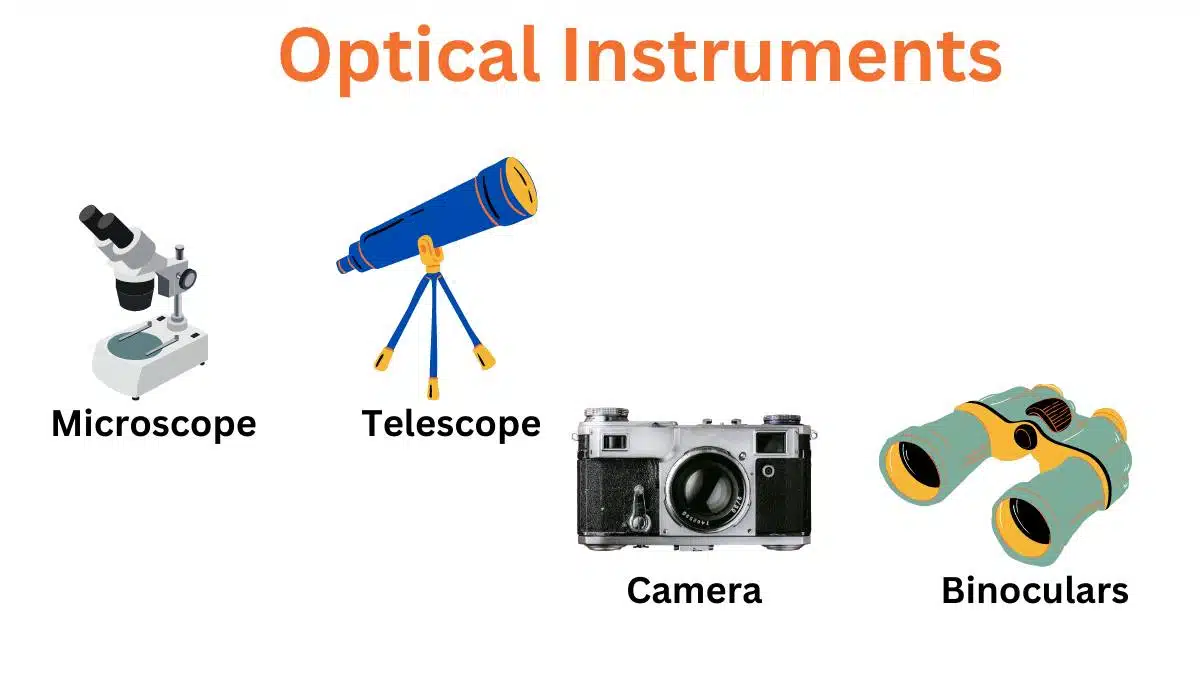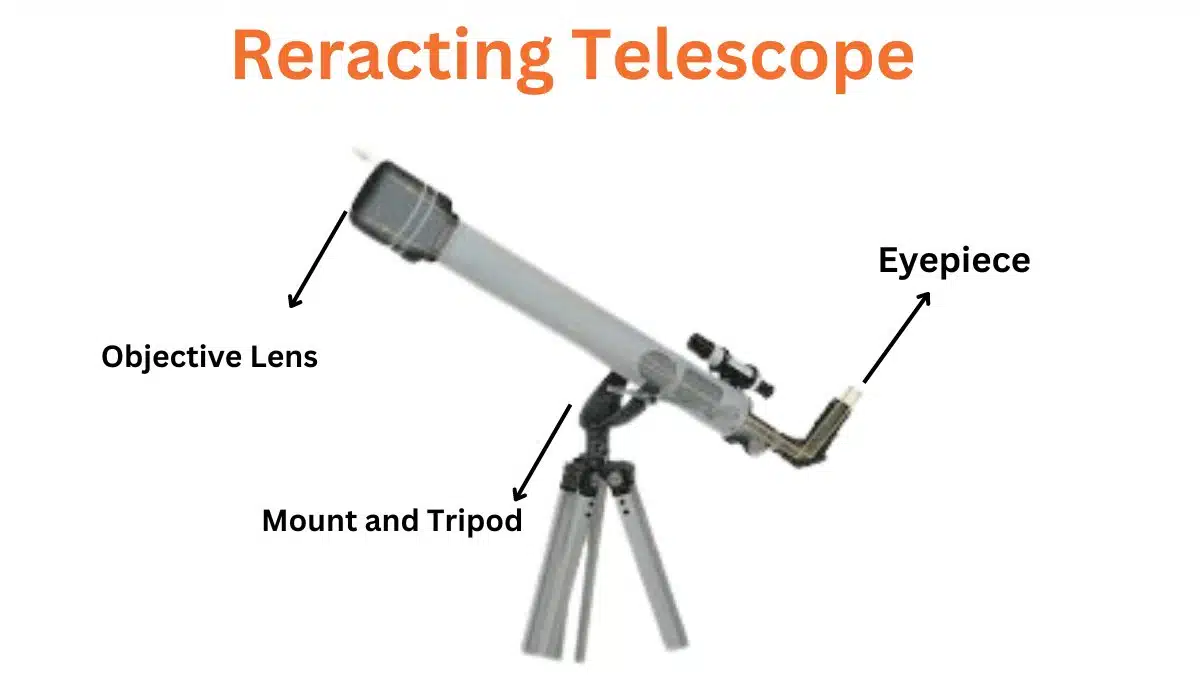Fiber Optics Principle | Total Internal Reflection And Continuous Refraction
The fiber Optics principle to propagate the light depends on total internal reflection. It is the basic fiber optics principle. There are many types of optical fiber. There are power losses in optical fiber during optical fiber communication.
Fiber Optics Principle
Propagation of light through the optical fiber requires that the light should be confined within the fiber. This may be done by two methods
- Total internal Reflection
- Continuous Refraction
Total internal reflection
The speed of light depends upon the refractive index of the optically transparent material. The index of refraction is the ratio of the speed of light c in a vacuum to the speed of light v in that material.
n=C/V

Refraction:
When light enters from one medium to another it bends from its original path this is called the refraction of light. If the light enters from the denser to rear medium it bends away from the normal
The amount and direction of refraction or reflection are determined by the amount of difference in refractive indices as well as the angles at which the light rays strike the boundary between the two media.
Critical Angle:
The angle of incidence for which the refracted angle becomes 900 is called the critical angle θc.
Snell’s law:
According to sneels law we have
N1sin θ1=N2sin θ2
θ1 = θc and θ2 =900
N1sin θc=N2
Sin θc=n2/n1
For incident angles equal to or greater than the critical angle the glass-air boundary will act as a mirror and no light escapes from the glass. This phenomenon is known as Total Internal Reflection.
The critical angle for glass:
For glass air boundary we have
Sin θc=N2/N1=1.0/1.5
θc =sin-1(1.0/1.5)
θc=41.80
Let us suppose that the glass is formed into a long round rod.It is clear that all the light rays striking the internal
The surface of the glass at an angle greater than 41.80 will be reflected back into the glass due to total internal reflection. All those rays with angles less than the critical
The angle will escape from the glass. Ray1 is injected into the Rod so that it strikes the glass-air boundary at about 300. Since this angle is less than the critical angle it will escape from the rod. Ray 2 at 450 will be reflected back into the rod and so the ray 3 at 600.
As the angle of incidence is equal to the angle of reflection these ways will continue to propagate down the rod along path determined by the original angles of incidence.
Axial ray:
Ray 4 is called the axial ray since its path is parallel to the axis of the rod. Axial rays will travel down this straight and rigid rod. However, in flexible glass fiber, they will be subjected to the laws of reflection.
Continuous refraction:
The propagation of light in fiber optics uses the phenomenon of continuous refraction. There are some types of fiber in which light propagate through continuous refraction.
Multi-mode step-index fiber
In this mode of propagation, light is continuously refracted within the fiber.
The central core has a high refractive index (high density) which is surrounded by a layer of lower refractive index(less density).
This layer of lower refractive index is called cladding.
Such type of fiber is called multi-mode step-index fiber.
Propagation of light in multi-mode step-index fiber
In multi-mode step-index fiber, a ray of light entering the optical fiber is continuously reflected and then transmitted.

Multi-mode Graded index fiber:
A new type of optical fiber is used in which the central core has a high refractive index (high density) and its density gradually decreases toward its edges. This type of optical fiber is called multi-mode graded index fiber.
Propagation of light in Multi mode Graded index fiber
Continuous refraction is another method of propagation of light through the optical fiber.
A ray passing from a denser medium to a rare medium bends away from the normal.
A ray passing from a rare medium to a denser medium bends toward the normal.
In multi-mode graded index fiber light is transmitted by continuous refraction and then total internal reflection.







Leave a Reply